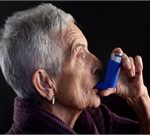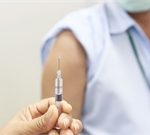
Regeneron Pharmaceuticals Inc. said Wednesday that it is seeking emergency approval from the U.S. Food and Drug Administration for an experimental antibody cocktail given to President Donald Trump shortly after he was diagnosed with COVID-19. Hours before the company made the announcement, Trump proclaimed in a video released by the White House that the drug had an “unbelievable” effect on his recovery from coronavirus infection, the Washington Post reported. “I think this was the key,” Trump said, after acknowledging that the antibody cocktail was one of several drugs he was prescribed by his medical team. While there is no hard evidence yet proving the drug’s effectiveness in humans, it has shown promise in treating mild cases of the new coronavirus, the Post reported. In his video, Trump said, “I have emergency-use authorization all set, and we’ve got to get it signed now.” However, an FDA spokeswoman told The New York Times Wednesday that the agency does not confirm or deny product applications. Regeneron said in its statement that it could initially produce doses of the antibody cocktail for 50,000 patients, and then ramp production up to doses for 300,000 patients in the next few months if granted emergency authorization. The antibody cocktail is now in late-stage testing. The company has granted fewer than 10 “compassionate use” requests allowing people not enrolled in its trials to… read on >

















